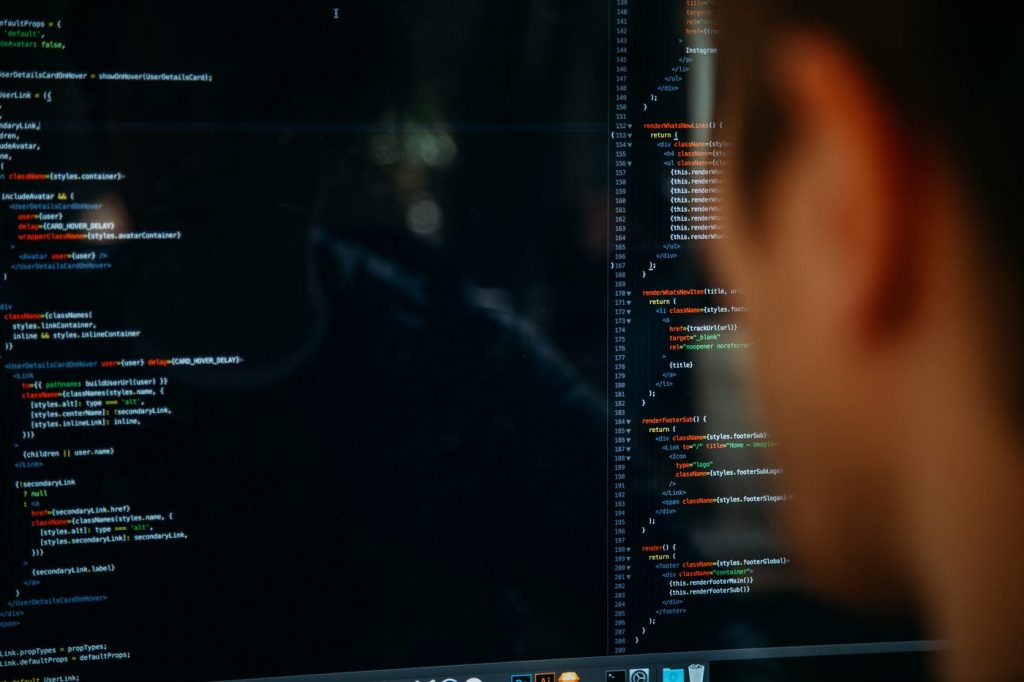Face recognition based photo selection using machine learning
Introduction
Face recognition technology has come a long way in recent years, and it has become a valuable tool in various industries. The use of machine learning algorithms has significantly improved the accuracy and speed of face recognition systems. In this article, we will discuss the use of face recognition technology and machine learning algorithms to select photos based on the faces they contain.
Understanding Face Recognition:
Face recognition is a technology that identifies individuals based on their facial features. It uses algorithms to analyze an image or video frame and compare it with a database of known faces to determine if there is a match. The process works by extracting unique features from a face, such as the shape of the eyes, nose, and mouth, and creating a mathematical representation of these features, known as a face embedding.
There are two main types of algorithms used in face recognition: feature-based algorithms and deep learning-based algorithms. Feature-based algorithms extract features from a face and compare them with a database of known faces, while deep learning-based algorithms use artificial neural networks to learn the features of a face.
Limitations of face recognition technology include the potential for false matches, limited accuracy in recognizing faces with certain attributes, such as age or ethnicity, and privacy concerns.
Using Machine Learning for Face Recognition:
Machine learning is a type of artificial intelligence that enables systems to learn and improve over time through experience. In the context of face recognition, machine learning algorithms can be used to improve the accuracy and speed of face recognition systems.
Advantages of using machine learning for face recognition include improved accuracy, faster processing times, and the ability to recognize faces in real-time. Additionally, machine learning algorithms can be trained on large datasets, allowing them to recognize a wide variety of faces with high accuracy.
Face Recognition Based Photo Selection:
Face recognition based photo selection is a process that uses face recognition technology to select photos based on the faces they contain. The process works by extracting facial features from each photo and comparing them to a database of known faces. If a match is found, the photo is selected and added to a collection of photos that feature that person.
The steps involved in the photo selection process include:
- Importing the photos to be analyzed
- Running the face recognition software to extract facial features from each photo
- Comparing the extracted facial features to a database of known faces
- Selecting the photos that contain a match and adding them to a collection of photos featuring that person
Advantages of using face recognition for photo selection include improved efficiency and accuracy compared to manual selection processes, as well as the ability to sort and organize photos based on the faces they contain.
Implementing Face Recognition Based Photo Selection To implement face recognition based photo selection, you will need to use a combination of face recognition software and machine learning algorithms.
The steps to implement face recognition based photo selection include:
- Gather a dataset of photos that include the faces you want to recognize
- Train a machine learning algorithm on the dataset
- Integrate the trained machine learning algorithm with a face recognition software
- Run the face recognition software on a collection of photos to extract facial features and compare them to the database of known faces
- Select the photos that contain a match and add them to a collection of photos featuring that person
Best practices for implementing face recognition based photo selection include:
- Using a large and diverse dataset to train the machine learning algorithm
- Regularly updating the database of known faces to improve accuracy
- Implementing privacy and security measures to protect personal data
Challenges and Limitations While face recognition based photo selection can offer many benefits, it is not without its challenges and limitations. Common challenges faced while implementing the technology include:
- Difficulty in recognizing faces with certain attributes, such as age or ethnicity
- Limited accuracy in recognizing faces with glasses, facial hair, or other obstructions
- Privacy concerns, as the technology requires access to personal photos and biometric data
Limitations of the technology include:
- The potential for false matches
- The need for high-quality images to accurately recognize faces
- The cost and complexity of implementing and maintaining the technology
Overcoming the Challenges and Limitations To overcome the challenges and limitations of face recognition based photo selection, it is important to use high-quality images, regularly update the database of known faces, and implement robust privacy and security measures to protect personal data. Additionally, using deep learning-based algorithms can improve the accuracy of face recognition and help overcome some of the limitations of the technology.
Case Studies There are numerous real-world examples of face recognition based photo selection being used effectively. For instance, Facebook uses the technology to suggest tags for photos, while Google Photos uses it to create albums based on the faces in the photos. In both cases, the technology has proven to be effective in sorting and organizing photos based on the faces they contain.
Conclusion
Face recognition based photo selection is a valuable tool for sorting and organizing photos based on the faces they contain. The use of machine learning algorithms has significantly improved the accuracy and speed of face recognition systems, making the technology more accessible and useful. However, it is important to be aware of the challenges and limitations of the technology and implement robust privacy and security measures to protect personal data.
In conclusion, face recognition technology is an exciting area of development and has the potential to revolutionize the way we manage our photos and personal data. With continued advancements in the field, we can expect even more exciting developments in the future.

